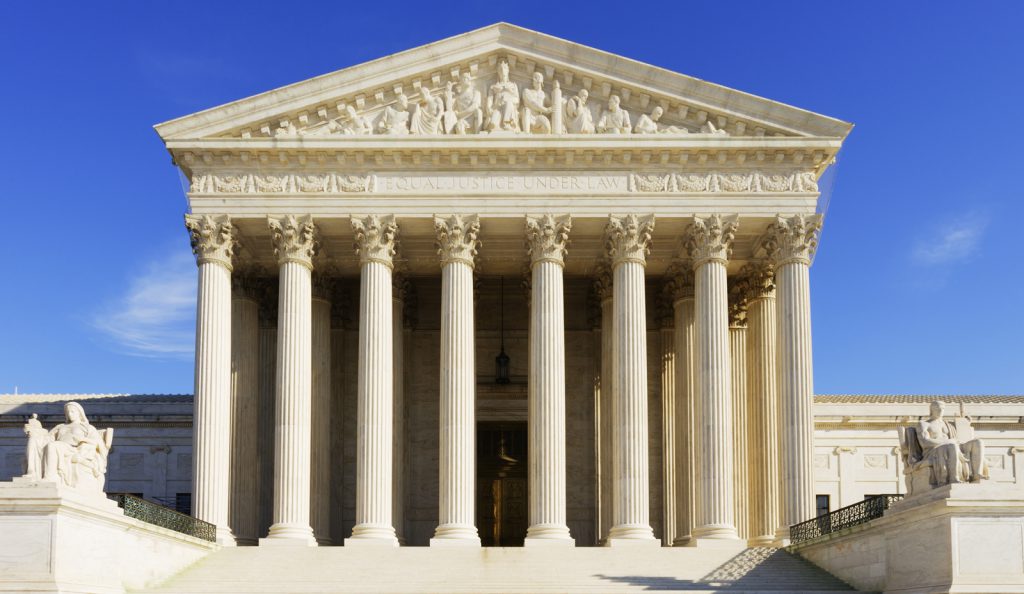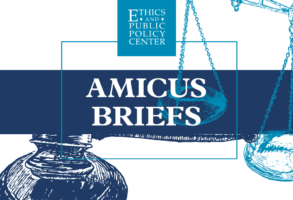
Published September 25, 2014
With little fanfare, President Obama has enjoyed remarkable success in his project to remake the federal courts in his own ideological image. How much more he achieves during his final two years in office depends in large part on whether Republicans win control of the Senate this November.
Obama’s success is most marked in the federal courts of appeals, the intermediate level of the national judicial hierarchy. When Obama took office, only 1 of the 13 appellate courts had a majority of Democratic appointees. Now 9 do.
Obama’s number of confirmed appellate nominees—53—only slightly exceeds President George W. Bush’s six-year total of 51. But according to a midyear Congressional Research Service report, Obama’s success rate in getting his appellate nominees confirmed is much higher than Bush’s—83.1 to 68.7 percent. Even more notably, the pace of confirmations has increased dramatically since last November, when Senate Democrats abolished the filibuster for lower-court nominees.
The influence of appellate courts (also known as circuit courts) should not be underestimated. They decide nearly 60,000 cases each year. The Supreme Court’s total docket (including cases from state-court systems) contains fewer than 100 cases per year. So the courts of appeals provide the final word in 99.9 percent of their cases.
An appellate court usually has three-judge panels decide cases, and it’s common to have a panel majority with a different ideological bent than the court as whole. But, as the D.C. Circuit’s recent grant of en banc review in the Obamacare exchange-subsidies case illustrates, the court retains the authority to override panel decisions. So a court with a liberal majority has broad leeway to establish liberal circuit precedent on new or open legal questions. Further, ideological conformity among the courts of appeals makes it less likely the Supreme Court will intervene, as the existence of a conflict between circuits is an important factor in its decision to review a lower-court ruling.
If the Senate remains under Democratic leadership after November’s elections, look for the floodgates to open even wider, with Obama swamping Bush’s eight-year total of 61 confirmed appellate judges. In addition to 8 current or impending vacancies, there are more than 30 Clinton and Carter appointees on the circuit courts who are, or will soon be, eligible to take senior status and thus open up vacancies for Obama to fill. Any judge who takes senior status by the end of 2015 could confidently expect Obama to fill the vacancy. While any such appointments wouldn’t alter the party composition of a court, they would keep the positions in Democratic hands for another 15 to 20 years.
There will likely be some additional vacancies created, one way or another, by sitting Republican appointees. On the four courts of appeals that still have Republican appointees as a majority, there are 19 Republican appointees, some already older than 75, who will be eligible to take senior status. So Obama might be able to flip these courts to Democratic majorities.
By contrast, if Republicans win control of the Senate in November, they will be able to use their majority on the Senate Judiciary Committee—and, if need be, on the Senate floor—to block objectionable Obama nominees to the lower courts. The White House would have no choice but to consult extensively in advance with Republicans about whom to nominate. Bush appointed only 10 federal appellate judges in his last two years (and 1 of the 10, a former Clinton nominee, was really a Democratic pick). Republicans ought to have little difficulty holding Obama to the same number.
Obama hasn’t yet been able to transform the Supreme Court, but by replacing liberals (and, alas, Republican appointees) David Souter and John Paul Stevens with Sonia Sotomayor and Elena Kagan, he has entrenched their seats on the left for the next two or three decades. The Court remains roughly divided between a bloc of four liberal justices and a less unified group of four conservative justices, with Anthony Kennedy swinging sometimes left and sometimes right to form narrow majorities in most of the contentious cases.
The justice most likely to retire over the next two years is Ruth Bader Ginsburg, who is now 81. If Obama is able to replace her, the ideological composition of the Court won’t change, but the liberal cohort will get markedly younger.
If Obama gets the opportunity to replace a conservative justice (Scalia is 78) or Kennedy (also 78), a dominant liberal majority on the Court becomes a possibility. And once there are five left-wing votes, any hints of moderation from the liberal justices are likely to disappear.
Senate Democrats didn’t abolish the filibuster for Supreme Court nominations, so in theory 41 Republican senators could unite to block any Obama nominee. It might therefore seem that the question of who controls the Senate over the next two years isn’t important with respect to Supreme Court nominations. But that impression would be badly mistaken.
For starters, the principle that underlay the abolition of the filibuster for lower-court nominees—the plenary power of the Senate majority to revise or override its rules at any time—would likewise enable a Democratic majority to abolish the filibuster in the very midst of a battle over a Supreme Court nominee. If Democrats are running the Senate, moreover, they will be able to schedule and stage-manage the confirmation hearing and floor action to benefit the nominee and maximize the political costs that opposing senators will incur.
If, instead, Republicans control the Senate, Obama will face a much greater challenge getting a Supreme Court nominee confirmed. Indeed, Ginsburg will be much less likely to retire in the first place. Republicans will leave in place the filibuster and, if unified, will be able to exercise simple majority power to defeat any nominee. Depending on the circumstances, Republicans might well face pressure to keep any vacancy open until after the 2016 presidential election.
If a Republican president takes office in 2017 with a Republican Senate, then the project of restoring the courts to their proper role can resume.
Edward Whelan is president of the Ethics and Public Policy Center and a leading contributor to National Review Online’s Bench Memos blog.







